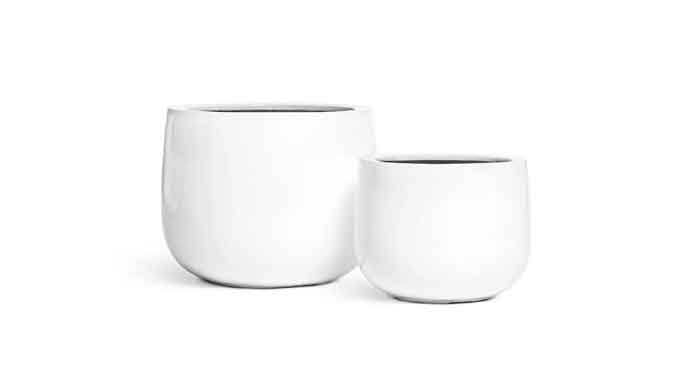If you are unsure of what Alumina is and what it is used for, read on. Alumina is an inert material that is an advanced refractory. It is also an excellent filler for plastics and is the perfect insulator. In this article, we’ll discuss alumina’s uses and benefits. But first, let’s understand what Alumina is not.
Alumina is an inert material
Inert alumina ceramic balls are high-performance ceramic materials that offer stability in acidic and corrosive environments. They are able to resist pressure, high temperatures, and organic solvent corrosion. Additionally, they exhibit low water absorption and have stable chemical properties. This makes them a great choice for covering and supporting materials.
It is an advanced refractory
Alumina Ceramics are a type of refractory material that can be used in numerous applications. These advanced ceramic materials are produced through a variety of processing techniques. Some of these techniques include injection molding, dry pressing, extrusion, slip casting, and sintering. These advanced materials are ideal for small and large projects alike. Check out the post right here.
It is a filler in plastics
Alumina ceramics is an ultra-pure, high-strength material that can be used in a variety of high-temperature applications, including plasma etching and nuclear grade insulator components. It has high hardness and wear resistance, and can be produced using diamond grinding. It is a white, dense powder that has excellent mechanical and electrical properties.
It is a perfect insulation material
Alumina Ceramics is an excellent insulation material that is made from hollow spheres of alumina. This type of ceramic has high porosity, low thermal conductivity, and good mechanical properties. It is commonly used for insulation in high-temperature applications.
It can be readily joined to metals or other ceramics
In engineering applications, joining ceramics to metals is becoming an increasingly common process. There are many benefits to joining ceramics to metals, including reduced cost and improved reliability. However, ceramic-to-metal joining is not without its limitations. Many conventional joining processes for metals are ineffective for joining ceramics, as they require high temperatures and pressures. Consequently, bonding media containing reactive elements are often required to achieve adequate bond quality. The structure of a ceramic-to-metal interface is determined by the chemical reactions that take place at the interface between the two materials. The chemical reactions can easily initiate bond formation, but they can also result in thick and brittle reaction layers, causing premature failure even at low stresses.
It is expensive
Alumina ceramics are relatively expensive. This is because the main manufacturing process, called the Bayer process, is a costly one, involving huge amounts of lye, lime and waste residue containing an alkaline substance called “red mud.” The high energy consumption of this manufacturing process makes it prohibitively expensive for many manufacturers, and the environmental damage caused by the process is a big concern.
